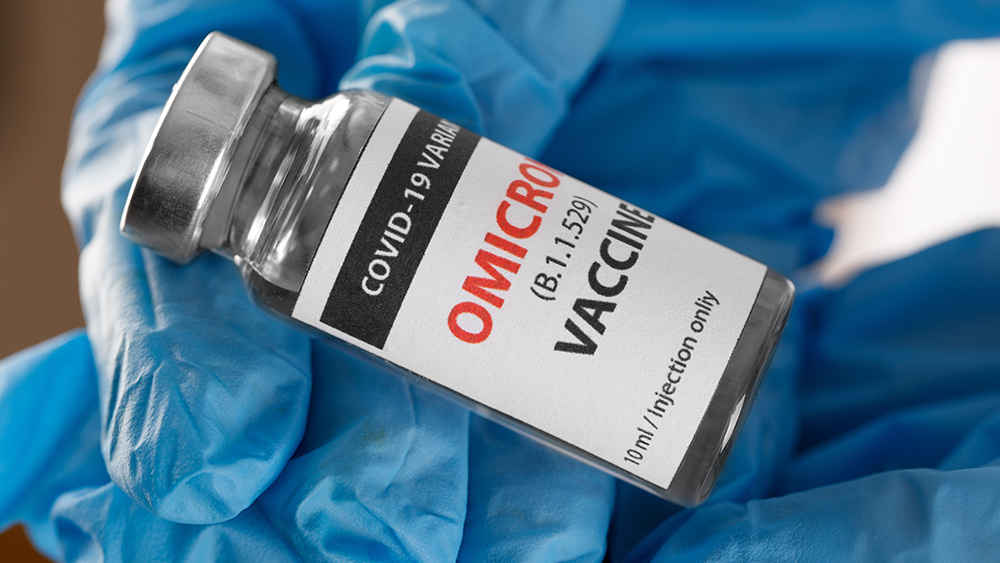
A brain aneurysm, according to BAFound.org, is a “is a weak bulging spot on the wall of a brain artery very much like a thin balloon or weak spot on an inner tube.” As blood flows through your brain, the artery pushes against the thinned portion and forces it to swell outwards. The build up of pressure can cause the aneurysm to rupture and allow blood to leak into the space surrounding the brain.
Understand the level of pain
When Lee Broadway told her husband she was leaving work, she claimed it was because of an intense migraine. The North Carolina woman had suffered from hereditary migraines as a child, but described this episode as different. Broadway was rushed into the emergency room of the Novant Health Presbyterian Hospital by her husband on April 1, 2017; two days later, on April 3, 2017, Broadway died in the hospital. What Broadway and her family thought was a migraine turned out to be a brain aneurysm, reported the Independent.co.uk.
A plethora of symptoms are associated with the condition. Light sensitivity, neck stiffness, face tingling, weakness in the limbs, extreme exhaustion, and blurry vision are all associated with brain aneurysm, according to Prevention.com. Dr. Riina stated, however, that an intense, sudden headache is the telltale sign of a ruptured brain aneurysm.
“The headache could be anywhere or all over, but patients usually describe it as being focused behind the eyes,” Riina said, before adding that all the other symptoms come after the headache.
Ruptured brain aneurysms are very rare, however. “Until a rupture or leak occurs, many people are walking around with an aneurysm and don't know it. Some data we have suggest six percent to nine percent of the [US] population have one,” Riina explained before adding, “Statistically, an unruptured aneurysm—depending on it’s size—might have a one to two percent chance of bleeding each year.” In the United States, the cases number at 30,000 to 50,000 cases a year; while in the UK the cases are around 12,500 in a year.
Brain aneurysms which have not yet ruptured are more common, with some experts believing that as many as one in 20 could have the condition. “A lot of people get an MRI or CT scan and [the aneurysms are] picked up by our non-invasive imaging studies that are being done all the time. These patients are then referred with unruptured aneurysms and, depending on the size and location, different recommendations are made of when to treat it and when to follow up,” Riina said.
On those susceptible to a ruptured brain aneurysm, Riina stated that family history could be a factor. “If you had a parent, uncle, brother, sister or cousin that had an aneurysm, you should mention it to your primary care physician or your neurologist.”
Lifestyle choices, like smoking, can also play a role. Furthermore, two conditions, Ehlers-Danlos syndrome and Polycystic kidney disease, are connected with aneurysms. Riina stressed, however, that “unless you have a family history or one of these conditions, the likelihood that you’ll have [an aneurysm] is pretty low. The average person doesn’t need to run off and get a screening.”
Read up on more brain- and health-related topics by visiting Brain.news.
Sources include:
Please contact us for more information.























